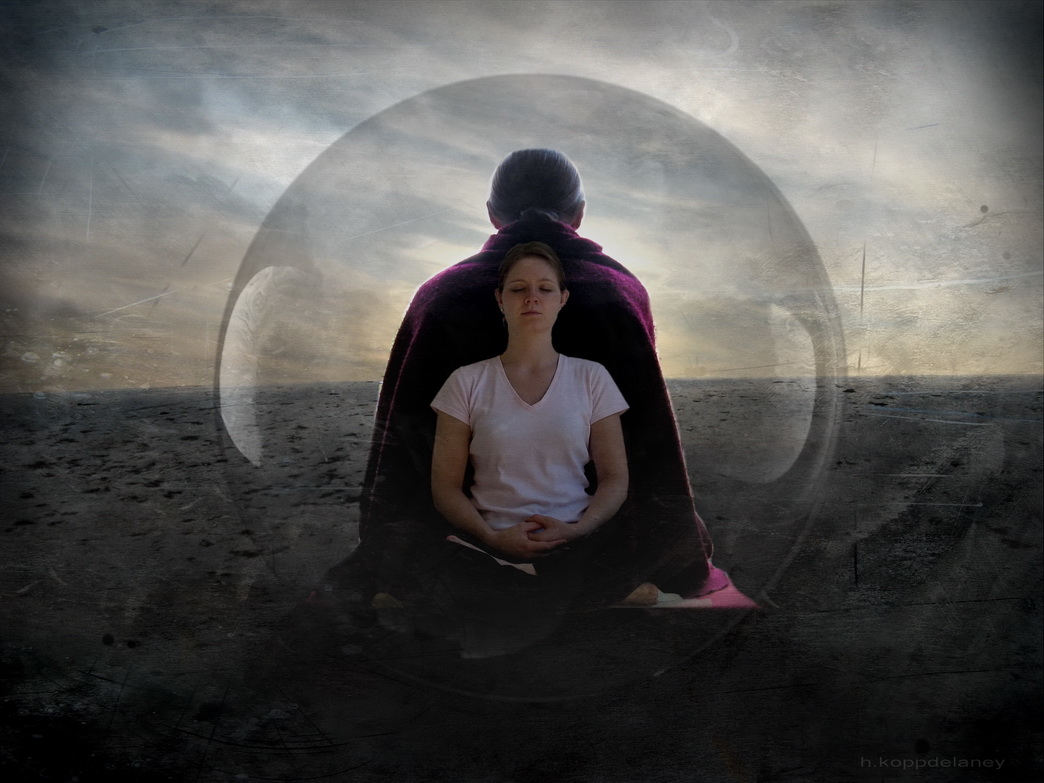
Many Americans’ tendency to patch together different elements of religions may not be as idiosyncratic as it may appear, according to recent research. In an article in the Journal of the American Academy of Religion (December), Emily Sigalow writes that “broad social factors structure and pattern how individuals combine religious options in America.” Sigalow’s theoretical propositions are based first on her own research on the particular case of JUBUs (Jewish Buddhists), while discussing the results in the light of other cases. In contrast with well-known models of religious conversion, social networks played little role in the religious mixing by JUBUs (none had a Buddhist spouse, even for those living in mixed marriages). On the other hand, an individual who belongs to more than one religious community “is more ‘culturally available’ to joining socially similar religious groups” than dissimilar ones. JUBUs’ first contact with Buddhists “was largely rooted in social contingencies,” sharing a similar social world (culturally, economically, politically).
Sigalow also writes that individuals are more culturally available to borrow from religious groups not perceived as being in historical tension with their own faith. Evangelical Christians view Jews very positively and are eager to borrow practices from them in some cases, while the reverse is not true. At the same time, Pew research has shown that American Jews view Buddhists more positively than any other religious tradition with which there is no historical issue. Sigalow adds that individuals are more culturally available to borrowing from other traditions “that they have been socialized into, perceiving [them] as compatible with their own tradition.” Due to different socializations, Taiwanese and Cambodian Buddhists who convert to Protestant Christianity in America do not see the possibility of keeping some Buddhist beliefs and practices in the same way—one group sees this retention as incompatible with their new faith, while there is an acceptable fluidity in the eyes of the other group.
Finally, the degree of organizational rules in religious communities will impact the degree to which one can mix religious goods, with loosely bound organizations expectedly allowing more freedom to engage in religious syncretism. Some boundaries limit the degree to which a member can engage in syncretism. Evangelical Christians can borrow from Jewish rituals but not adopt Jewish beliefs, which would contradict their own statements of faith. Buddhist meditation centers do not focus on the socialization of children, thus making it possible for JUBUs to combine their Buddhist practice with their belonging to a (liberal) synagogue. There is no perception of conflict. Moreover, loosely bound organizations “permit individuals to take what they want from other religious traditions” rather than what their religious group wants them to take.
(Journal of the American Academy of Religion, 825 Houston Mill Road NE, Atlanta, GA 30329—4025 – www.aarweb.org)
